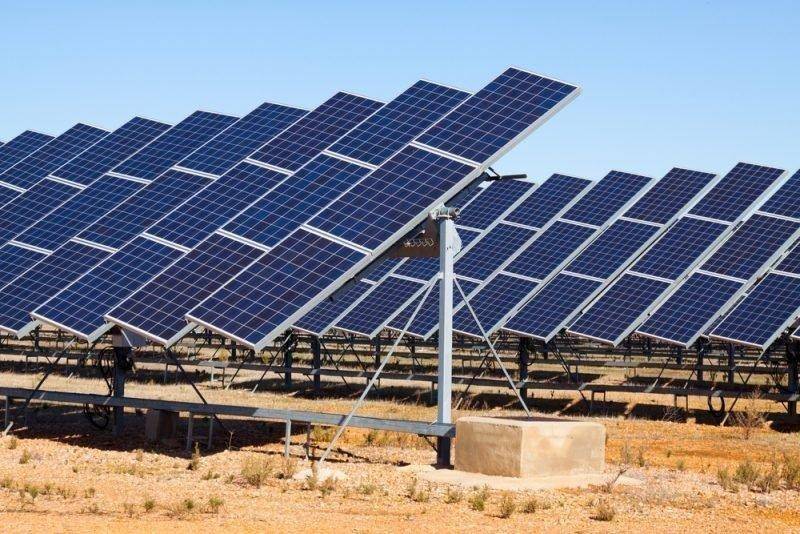By Julie Johansen
During the Emery County Public Lands meeting on Tuesday, a screen presentation was given by Troy Harold of the Utah School and Institutional Trust Lands Administration (SITLA). It was entitled “Energy Metals Groups’ Renewable Energy Projects.”
The solar projects in Emery County that are either under consideration, under construction or operating were introduced on the screen. They include Castle Solar, Drunkards Wash, Hornshadow, Hunter Solar and Cedar Flat.
Each solar field must be located near a substation and transmission lines. They also must have a buffer zone of 15 to 20 acres from oil or gas wells. The Cedar Flat Solar Farm was mainly discussed as it is still in the planning stages and has not received favorable recommendations from the county. It is located on SITLA land just off the point of Cedar Mountain.
Cedar Flat would be 200 MW and cover 2,400 acres. It has not been submitted to local authorities as the company is still determining the design of the project. It was reported that the revenues would greatly increase to both the county and the schools once operating. It is proposed by a solar company from Salt Lake City. The Emery County Public Lands Council passed an opposing vote for this location.
Also during the meeting, Bart Kettle from the Division of Oil, Gas, and Mining reported about a collaboration meeting on Jan. 10 at 9 a.m. at the Carbon County Fairgrounds. This meeting will be an opportunity to discuss relevant subjects on energy, such as the future of power plants, the San Rafael Energy Research Center, the Utah Department of Transportation and the Ridge Road project.
Kettle then told of the numerous applications for lithium mining they have received. Lithium is mined from brine water in and around oil and gas mines and can be used for nuclear projects. Board member McFarlane questioned the safety of this process, especially for the town of Green River.
The reply was that the pressure controls and processing plants are carefully studied before permits are given. There are three agencies with rules which have to be met, including the Division of Water Rights, the Division of Oil, Gas, and Mining, and the Water Quality Board. He continued that it is very prevalent, especially in the Uintah Basin, but also throughout the state.

